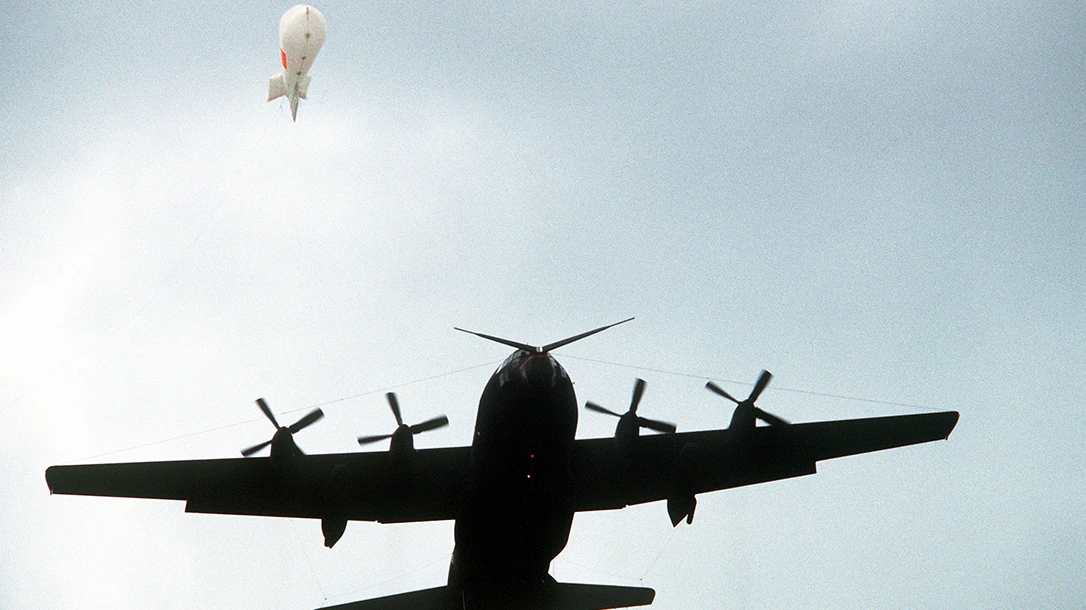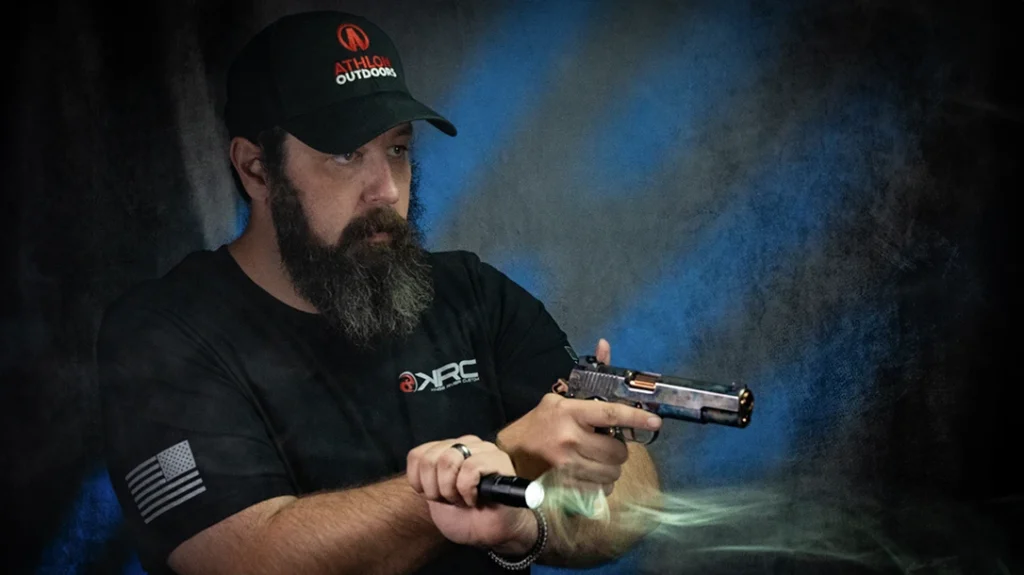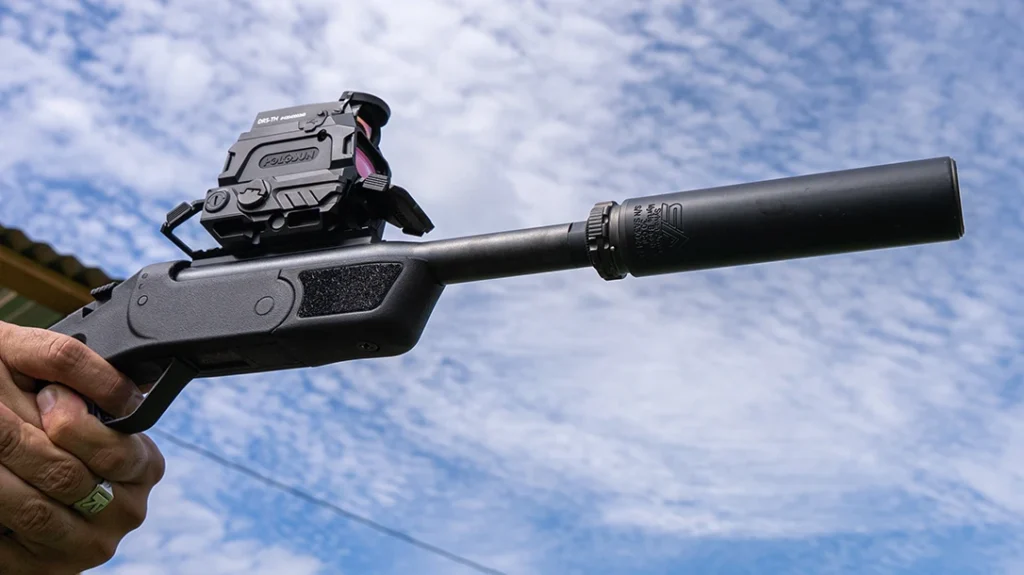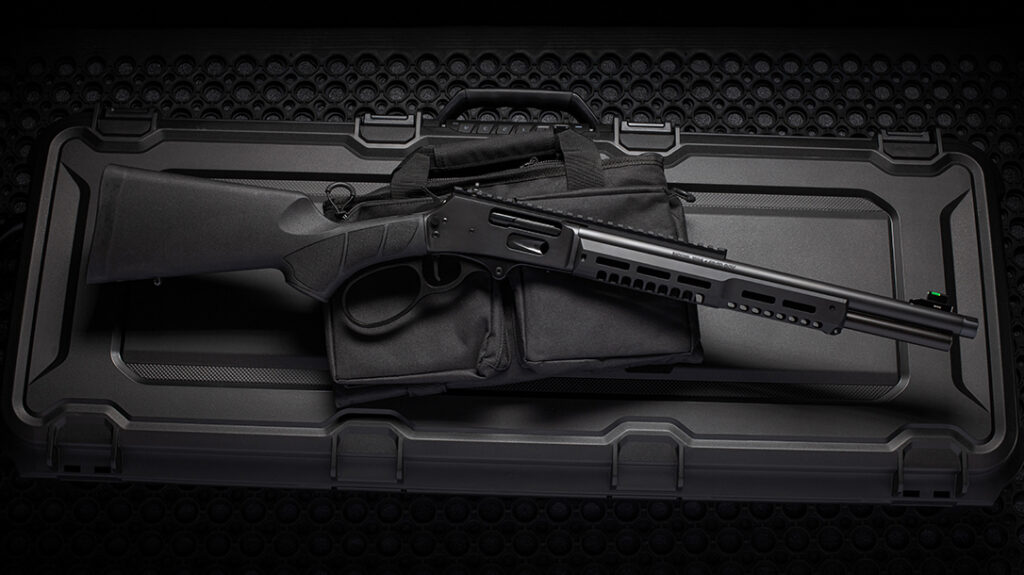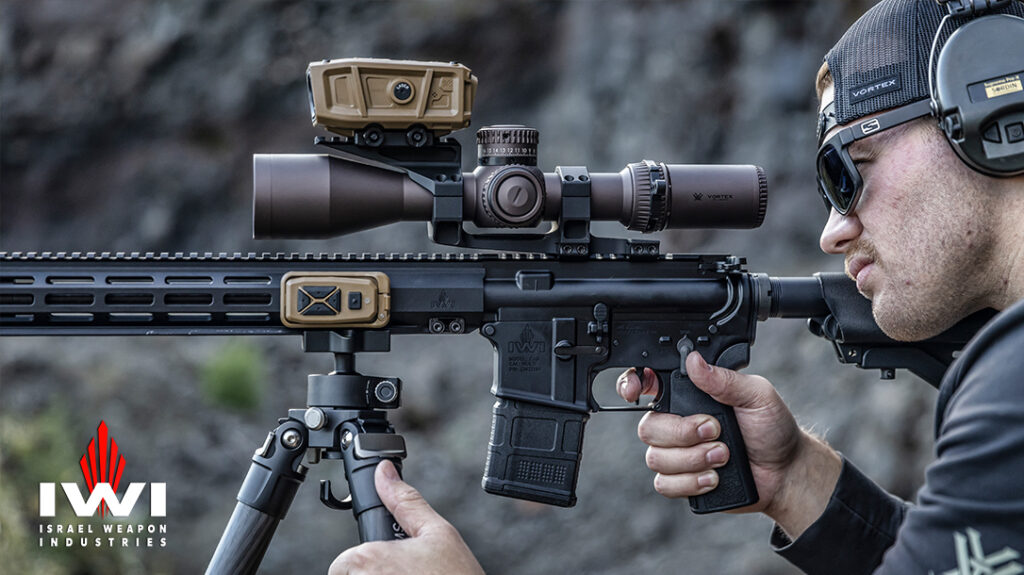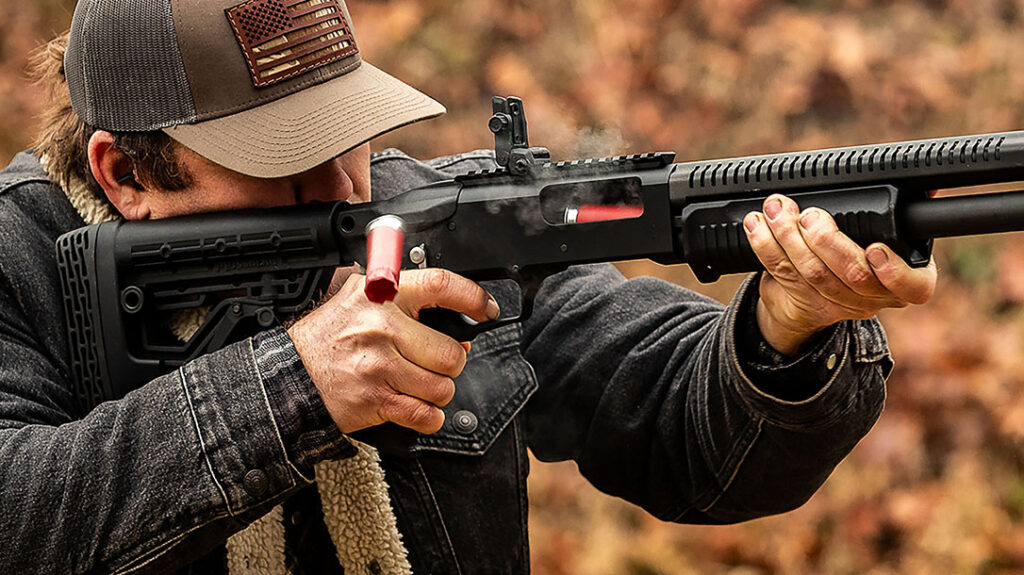The classic James Bond film Thunderball (1965) turns 60 this year. What many don’t know is the actual involvement of the Central Intelligence Agency (CIA) in the film’s production. This collaboration stands out as a fascinating chapter in the overlap of real-world intelligence and fictional storytelling. This partnership provided a unique glimpse into how the Agency sought to subtly influence public perception while showcasing the often-mythologized world of espionage.
A Closer Look at Thunderball’s Skyhook
Thunderball marked the fourth installment in the legendary James Bond film franchise, adapting Ian Fleming’s novel of the same name. Directed by Terence Young, the movie featured the charismatic Sean Connery in his signature role as 007.
The plot follows James Bond on a high-stakes mission to recover two stolen nuclear warheads, taken by the notorious criminal organization SPECTRE. Under the leadership of the villainous Emilio Largo (portrayed by Adolfo Celi), SPECTRE threatens global destruction, prompting Bond to race against time to avert catastrophe.
Advertisement — Continue Reading Below
Much of the film’s action unfolds across the picturesque Bahamas, adding glamour to the tense, action-packed narrative.

Upon its release, Thunderball became a massive box-office hit, setting a new benchmark as the most successful Bond film of its time. The movie dazzled audiences with its innovative underwater sequences, impressive set designs, and an array of ingenious gadgets—elements that became hallmarks of the James Bond legacy.
Advertisement — Continue Reading Below
Among these highlights, the Skyhook scene stood out as an iconic moment, blending real-world technology with cinematic drama.
The Skyhook Connection: Fact Meets Fiction
One of Thunderball’s most memorable sequences features a daring rescue using the Skyhook, formally known as the Fulton Surface-to-Air Recovery System (STARS). This technology, which dramatically hoisted James Bond and his companion from the ocean’s surface, owes its existence to the significant role played by the CIA in its development and operational implementation.

Advertisement — Continue Reading Below
Developed during the 1950s and refined into the 1960s, it allowed for rapid aerial extractions of individuals or materials from remote or otherwise inaccessible locations. Using a specially designed harness, a high-strength nylon line, and an aircraft equipped to perform the retrieval, the Fulton Recovery System exemplified the ingenuity of Cold War-era espionage technology.
The CIA played a significant role in bringing authenticity to this aspect of the film. Agency officials collaborated closely with the production team, sharing technical knowledge about the Skyhook system and arranging for a B-17 aircraft and its crew to participate in the filming process. Their support ensured the Skyhook scene was both visually captivating and true to the operational capabilities of the real technology.

Advertisement — Continue Reading Below
As a gesture of appreciation, senior CIA officials who contributed to the project were invited to attend the film’s premiere in Washington, D.C. This rare, behind-the-scenes engagement with Hollywood allowed the Agency to spotlight its technological achievements while maintaining discretion about its broader activities.
The Skyhook in Project COLDFEET
The Skyhook system was not just a cinematic spectacle but an ingenious and vital tool for real-world operations during the Cold War. One notable instance of its use was during Project COLDFEET in 1962.
This daring mission sought to extract intelligence from an abandoned Soviet Arctic drifting ice station. Given the station’s remote and precarious location amidst unstable ice, conventional retrieval methods were unfeasible. To overcome these challenges, the CIA utilized the Fulton system.
Advertisement — Continue Reading Below

The B-17 employed in this mission was a specially modified B-17G, designated N809Z. This aircraft dropped and then extracted the two Americans, Major James Smith of the U.S. Air Force and Lieutenant Leonard A. LeSchack of the U.S. Navy Reserve, along with the crucial intelligence they had uncovered.

Advertisement — Continue Reading Below
Equipped with the innovative Skyhook system, the B-17 enabled the successful extraction. The operation was a collaborative effort between the CIA and the U.S. Navy’s Office of Naval Research (ONR), showcasing the system’s effectiveness in even the most extreme and inhospitable conditions. The B-17 used in Project COLDFEET is the same B-17 that was subsequently used in Thunderball.
The Skyhook system was subsequently used from 1965 to 1996 across several variants of the C-130 Hercules, including the MC-130 and HC-130, as well as the C-123 Provider. Despite its operational successes, the Skyhook system was ultimately retired in September 1996.

Advertisement — Continue Reading Below
Its phaseout was prompted by the emergence of advanced recovery technologies, such as long-range helicopters like the MH-53 Pave Low and HH-60 Pave Hawk, and versatile tilt-rotor aircraft like the V-22 Osprey. These newer platforms offered safer and more flexible alternatives, rendering the Fulton system obsolete.
Cold War Context & Cultural Resonance
The partnership between the CIA and the makers of Thunderball unfolded against the backdrop of the Cold War—a time when espionage narratives held a magnetic appeal for the global audience. Ian Fleming’s novels had already introduced readers to the enduring friendship between James Bond and CIA officer Felix Leiter, reflecting the strong alliance between British and American intelligence agencies. The film adaptation carried this theme forward, blending fact and fiction to craft an engrossing tale of intrigue and adventure.

Advertisement — Continue Reading Below
The inclusion of the Skyhook in Thunderball served not only as a showcase of the CIA’s technological prowess but also as a symbol of the glamorous and enigmatic world of spycraft. By integrating real-life innovations into its storyline, the film captivated audiences while subtly reinforcing the mystique of intelligence work.
Lasting Legacy
The Skyhook’s cinematic debut in Thunderball left an indelible mark on popular culture, influencing depictions of similar technology in later films such as The Dark Knight and The Green Berets. The CIA’s involvement in the production remains a notable example of its early collaboration with Hollywood, showcasing how the Agency has helped shape the portrayal of espionage on screen.Decades later, Thunderball continues to be celebrated as a standout entry in the James Bond series, revered for its thrilling narrative, groundbreaking technical elements, and cultural impact. The partnership between the CIA and the filmmakers stands as a testament to the unexpected intersections between reality and imagination, highlighting how the covert operations of the intelligence world have, in turn, shaped cinematic history.
